Crete’s pivotal role in World War II is often overlooked, but the "From Chania: Crete World War II History Tour" aims to change that. This comprehensive tour immerses visitors in the harrowing events of the Battle of Crete, where Allied forces and German paratroopers engaged in intense combat. Exploring significant sites like Maleme Airfield and Tavronitis Bridge, the tour provides a balanced perspective on the sacrifices and bravery displayed by all sides. For those seeking an in-depth understanding of this historical chapter, this tour offers a unique opportunity to walk the very ground where the fate of Crete, and the war, was decided.
This experience made our list of the 7 Best Historical Tours In Crete.
Key Points
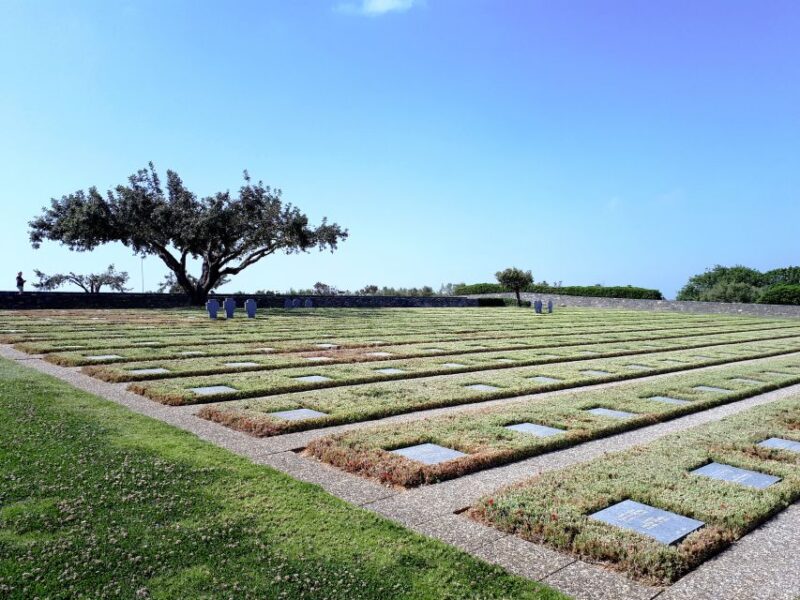
-
Explore Chania’s crucial role in the pivotal Battle of Crete, including the German airborne invasion and the strategic significance of the Maleme airfield.
-
Gain insights into the heroic resistance of Allied troops, including British, Australian, New Zealand, and Greek partisans, and the human cost of the battle.
-
Understand the critical importance of the Tavronitis Bridge and the fierce fighting that occurred at Galatas during the German advance.
-
Visit solemn war cemeteries and memorials that honor the sacrifices of both German and Allied troops, reflecting on the Cretan people’s resilience.
-
Discover captivating narratives and artifacts at museums and secret shelters, highlighting the daily struggles and heroism of the local population during the German occupation.
Chania’s World War II History
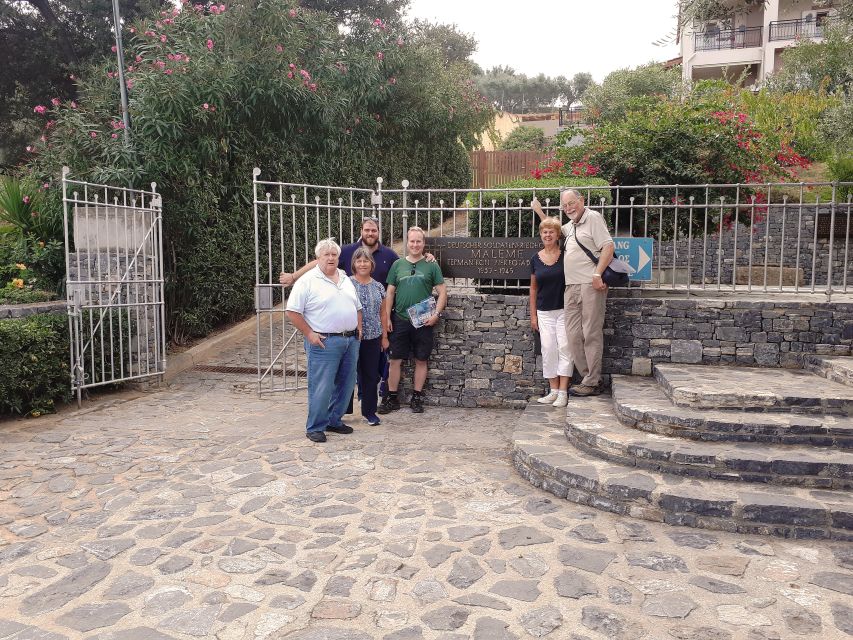
Situated on the island of Crete, Chania played a pivotal role in the historic Battle of Crete during World War II.
The city witnessed the dramatic German airborne invasion, which began on May 20, 1941, and the subsequent fierce battles between the Axis and Allied forces. Chania’s strategic location and its proximity to the Maleme airfield made it a crucial battleground.
The tour delves into the events that unfolded in and around Chania, including the Greek-Italian War and Hitler’s Operation Mercury.
Visitors will explore significant sites, such as the Tavronitis Bridge and the Galatas area, as well as war cemeteries, museums, and secret shelters that tell the stories of this pivotal chapter in history.
You can also read our reviews of more historical tours in Crete
The Battle of Crete
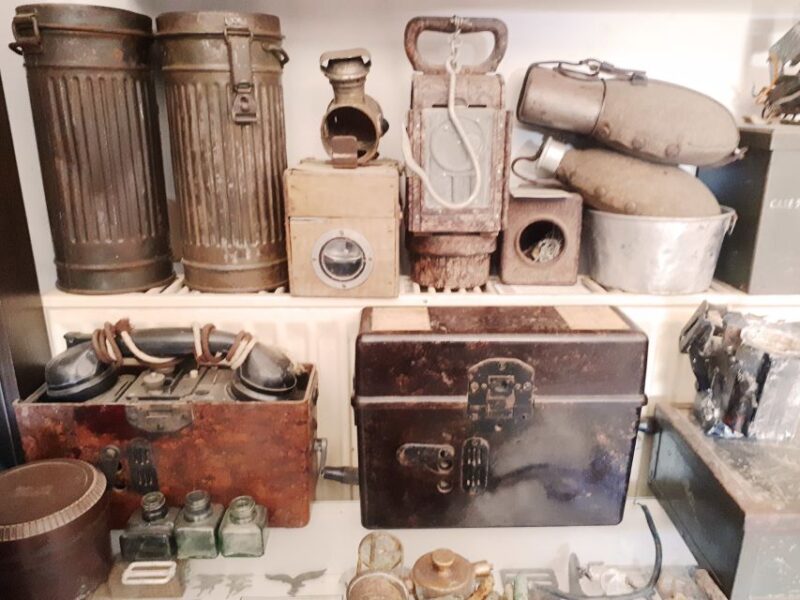
The Battle of Crete unfolded in May 1941 as the German military launched a massive airborne invasion, marking one of the most significant events of World War II.
The battle pitted the German forces against the Allied troops, including British, Australian, and New Zealand soldiers, as well as Greek partisans.
Despite initial German success, the Allied forces fought bravely, inflicting heavy casualties on the invaders.
However, the Allies were ultimately overwhelmed, and the Germans gained control of the strategic island.
The battle had a profound impact on Allied morale, but it also showcased the heroism and resilience of the Cretan people in the face of occupation.
Maleme Airfield and Paratroopers
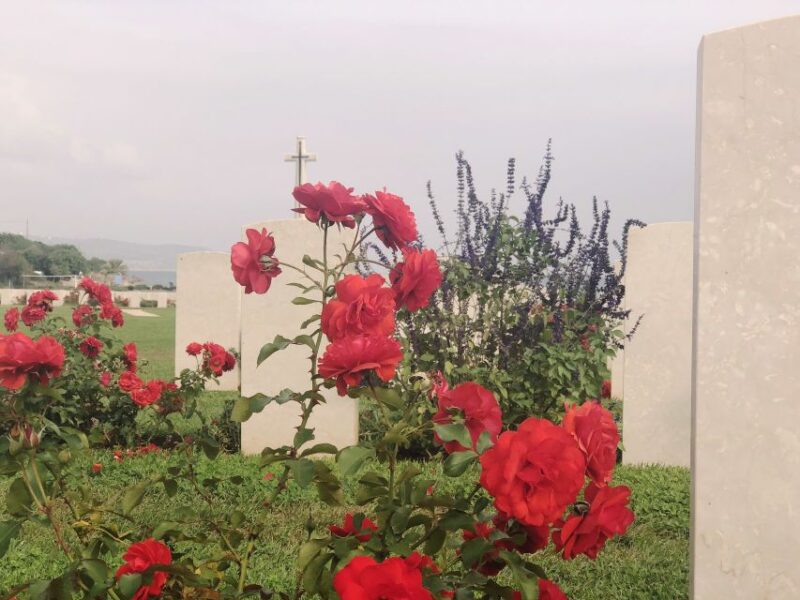
One of the pivotal locations visited during the Chania: Crete World War II History Tour is the Maleme Airfield.
It was here that German paratroopers launched their invasion of Crete on May 20, 1941. Participants learn how the German assault was initially repelled by Allied forces, but they ultimately captured the airfield after fierce fighting.
The tour guide shares vivid accounts of the battle, describing how the parachuting German troops were met with fierce resistance from Greek, British, Australian, and New Zealand soldiers.
Visitors gain a deeper understanding of this critical turning point in the Battle of Crete and its lasting impact on the Allied war effort.
Tavronitis Bridge and Galatas

From the Maleme Airfield, the tour continues to the Tavronitis Bridge and the nearby town of Galatas, two other significant battlegrounds during the Battle of Crete. At the Tavronitis Bridge, the guide explains how German forces encountered strong resistance from Greek and Allied troops attempting to defend this vital crossing. In Galatas, the tour explores the fierce fighting that took place, as the Allies tried to hold back the German advance. The guide provides insights into the tactics, casualties, and ultimate outcome of these engagements, painting a vivid picture of the battle’s intensity.
| Date | Location | Significance |
|---|---|---|
| 20 May 1941 | Tavronitis Bridge | German forces met strong resistance from Greek and Allied troops defending this strategic crossing. |
| 22 May 1941 | Galatas | Intense fighting as the Allies attempted to halt the German advance, but were ultimately forced to withdraw. |
War Cemeteries and Memorials
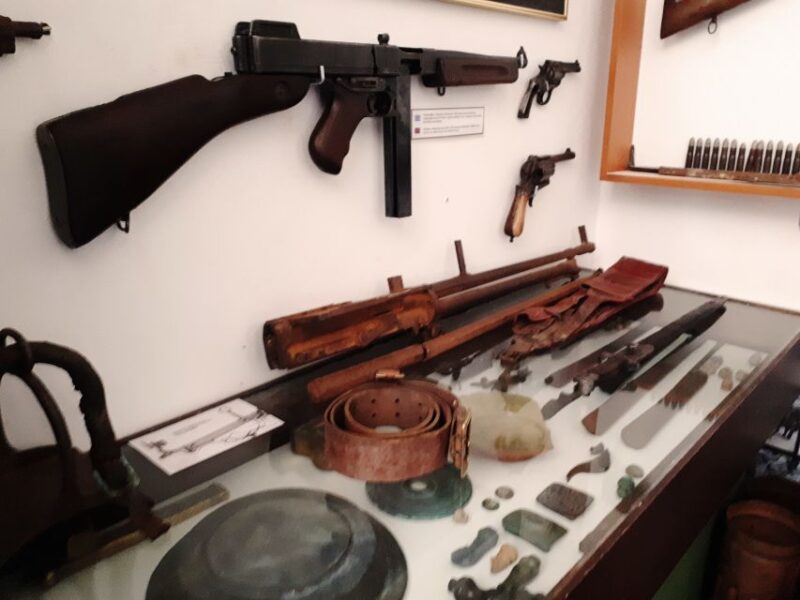
Dotting the Cretan landscape, the war cemeteries and memorials stand as solemn testaments to the sacrifices made during the Battle of Crete.
The tour guides visitors through the serene graveyards, honoring the final resting places of German and Allied troops alike.
Marble headstones bearing the names and units of the fallen serve as reminders of the human cost of war.
Amidst the reverent silence, guests gain a deeper appreciation for the events that unfolded on this island.
These sites offer a contemplative moment to reflect on the tragedy and resilience of the Cretan people during the darkest days of the war.
Museums and Secret Shelters

The tour also takes visitors to small, unassuming museums that house arresting displays about the Battle of Crete.
These museums offer a deeper dive into the events and personal stories of the conflict. Visitors can explore secret shelters where locals hid Allied soldiers during the occupation.
These hidden spaces provide a sobering glimpse into the daily struggles and heroism of the Cretan people. The guide shares captivating anecdotes, bringing the past to life.
Exploring these little-known sites offers a more nuanced understanding of the battle’s impact on the local population and the crucial role they played in supporting Allied forces.
Partisans and Allied Forces
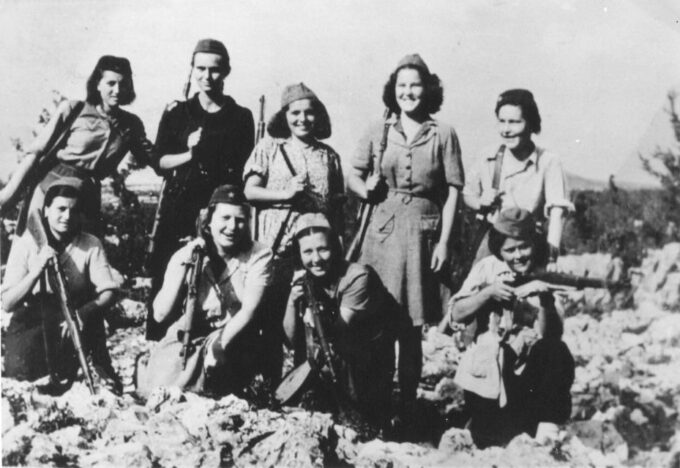
Cretan partisans played a crucial role in assisting British, Australian, and New Zealand forces during the Battle of Crete.
These local resistance fighters provided vital intelligence and sabotage efforts, disrupting German supply lines and communications. They sheltered Allied troops, guiding them through treacherous terrain to safety.
Partisan actions also tied down significant German resources, hampering the invasion’s progress. Despite facing harsh reprisals, the partisans’ contributions were instrumental in prolonging the battle and enabling the evacuation of thousands of Allied soldiers.
Their courageous acts demonstrated the Cretans’ unwavering determination to resist the Nazi occupation, shaping the island’s wartime legacy.
Balanced Perspective of the Battle
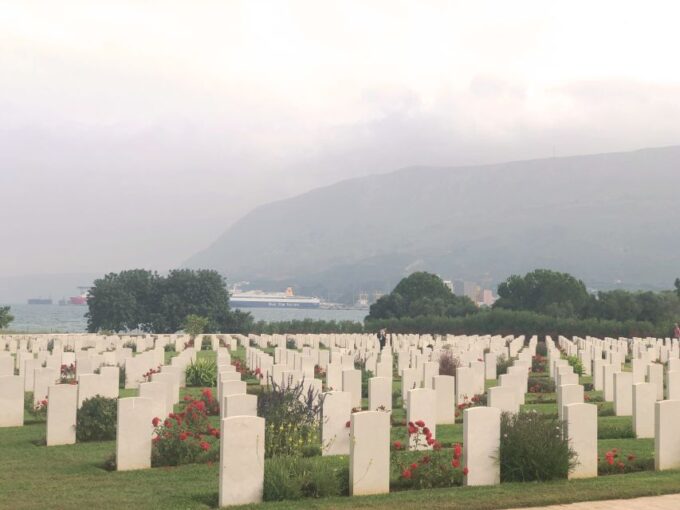
Alongside the partisans’ heroic efforts, the Crete World War II History Tour aims to present a balanced perspective of the Battle of Crete.
The tour emphasizes understanding both the pre-invasion and occupation periods, offering insights into the Greek-Italian War of 1940 and Hitler’s Operation Mercury. The guide shares in-depth knowledge and untold stories, providing a nuanced view of the battle’s significance and impact on Allied morale globally.
Visitors explore key sites like Maleme airfield and war cemeteries, gaining a comprehensive understanding of the complex events that unfolded on the island.
This balanced approach allows participants to appreciate the historical complexities beyond simplistic narratives, fostering a deeper understanding of Crete’s pivotal role in World War II.
Frequently Asked Questions

What Is the Cancellation Policy for This Tour?
The cancellation policy allows full refunds for bookings cancelled at least 24 hours prior to the tour. Partial refunds may be available for last-minute cancellations, subject to availability and provider discretion.
Are Any Discounts Available for Seniors or Students?
The tour does not offer any discounts for seniors or students. The price is a flat rate of €95 per person, regardless of age or student status. The tour is focused on historical content and does not provide special pricing options.
Can the Tour Be Customized for Private Groups?
Yes, the tour can be customized for private groups. The tour provider offers flexible options to accommodate specific needs and interests of private parties. Customized itineraries and group sizes are available upon request.
What Is the Physical Difficulty Level of the Tour Activities?
The tour involves some moderate walking but is generally accessible, with minimal strenuous physical activity. Most sites are easily reached, making it suitable for most fitness levels. Guests should wear comfortable shoes and be prepared for some time spent outdoors.
Are Photography and Video-Taking Allowed During the Tour?
Guests are welcome to take photos and videos throughout the tour. The guide encourages capturing the historical sites and scenery, providing opportunities to document the informative experience.
Recap
The "From Chania: Crete World War II History Tour" offers an immersive experience, exploring Crete’s pivotal role in the 1941 Battle of Crete. Participants visit key sites, learn about the bravery of Cretan partisans, and gain a balanced perspective on the conflict’s impact on local and Allied communities. The tour provides a comprehensive understanding of this historical chapter, leaving a lasting impression on those who embark on this insightful journey.
You can check availability for your dates here:More Historical Tours in Crete
- Historical Crete: Self-Guided Drive from Malia to Agios Nikolaos
- Ancient Greek Calligraphy Workshop at Historical Cafe in Chania
- Majestic Historical Walking Tour in Heraklion
- Private History, Sights, and Food Walking Tour of Chania City
- Discovering Ancient Olive Tree and Historic Olive Mill and Winery
- Private Crete Far West Adventure: Hiking, History & Beaches
More Tours in Crete
- Private Van Tour from Chania to Monasteries
- 4 Hours Private Walking Tasting Tour of Rethymno
- Visit Knossos palace (Tour & Skip-the-Line Ticket)
- Rethymno Guided eBike Tour to Arkadi Monastery
- Full Day Private Shore Tour in Chania from Souda Cruise Port
- Private Tour: Agios Nikolaos, Spinalonga, Villages & Olive Oil
More Tour Reviews in Crete
Not for you? Here's more nearby things to do in Crete we have reviewed
- 2-Hour Wine Tasting & Food pairing in Rethymno, Crete, Greece
- Balos Beach and Gramvousa Island Private-Sailing with Lunch
- Chania Old Town and City Center Experience
- Private Van Tour from Chania to Monasteries
- 4 Hours Private Walking Tasting Tour of Rethymno
- Elafonissi Beach Crete Day Trip
- Visit Knossos palace (Tour & Skip-the-Line Ticket)
- Chania Scuba Diving | Fun Dives | Certified Divers
- 4 Hour Boat Trip to Seitan Limania Creek from Souda Bay
- Rethymno Guided eBike Tour to Arkadi Monastery
- Chania Boat Rental with or without Skipper
- Try Scuba in Crete Free Certification & Photos (Beginners)
